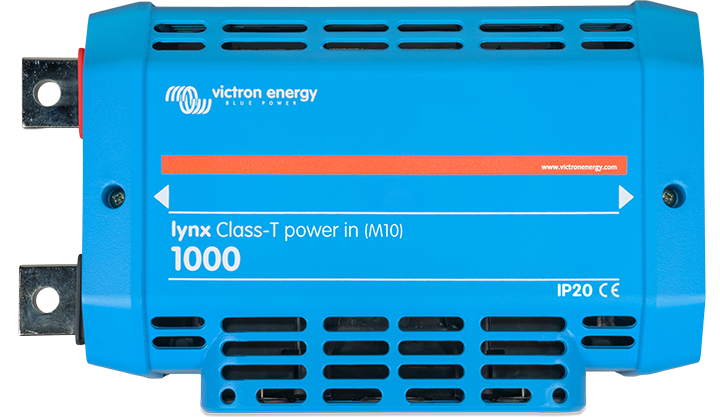I am skeptical of the fuse being the initial cause, based on the fact that this happened at night with very low currents.
My though is, it could have been a cell that internally shorted, caught on fire and the fuse blew after the fire had already started melting things, one thing falls on top of another, etc.
Everyone is running out, pointing fingers, and changing out their fuses...the thing I'd like to point out is that every devastating fire I've seen on this forum was using raw cells. Not a single one I can recall use pre-built batteries that were fully contained in metal boxes holding smaller quantities of cells within. I'd argue that the metal boxes are what slow down and often times smother out the fires - Seplos makes some and I think they just make sense if you insist on DIYing your batteries.

 www.18650batterystore.com
www.18650batterystore.com






